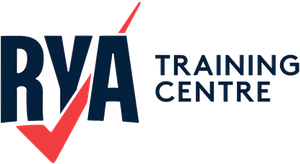Chart Table
A flat, dedicated surface aboard a vessel used for spreading out nautical charts and plotting courses during navigation.
A chart table is an essential feature found on many seagoing vessels, particularly those designed for extended voyages or professional use. Typically located in the navigation station or near the helm, the chart table provides a stable and organised workspace for mariners to consult and work with nautical charts, tide tables, and other navigational tools. It is often equipped with storage compartments or drawers beneath the surface to hold charts, navigation instruments, and logbooks, ensuring that critical materials are always within easy reach. The surface of the chart table is usually large enough to accommodate a fully unfolded chart, allowing for precise plotting of courses, bearings, and waypoints.
In addition to its primary function, the chart table may also house electronic navigation equipment such as GPS displays, radar screens, and communication devices, making it a central hub for navigation-related tasks. On smaller vessels, where space is at a premium, the chart table may be compact or even foldable, but its importance remains undiminished. The presence of a chart table underscores the importance of traditional navigation skills, even in the age of advanced electronic systems, as it allows mariners to cross-reference digital data with physical charts and maintain situational awareness. This feature is a testament to the enduring value of seamanship and the need for a reliable, dedicated space to manage the complexities of marine navigation.


